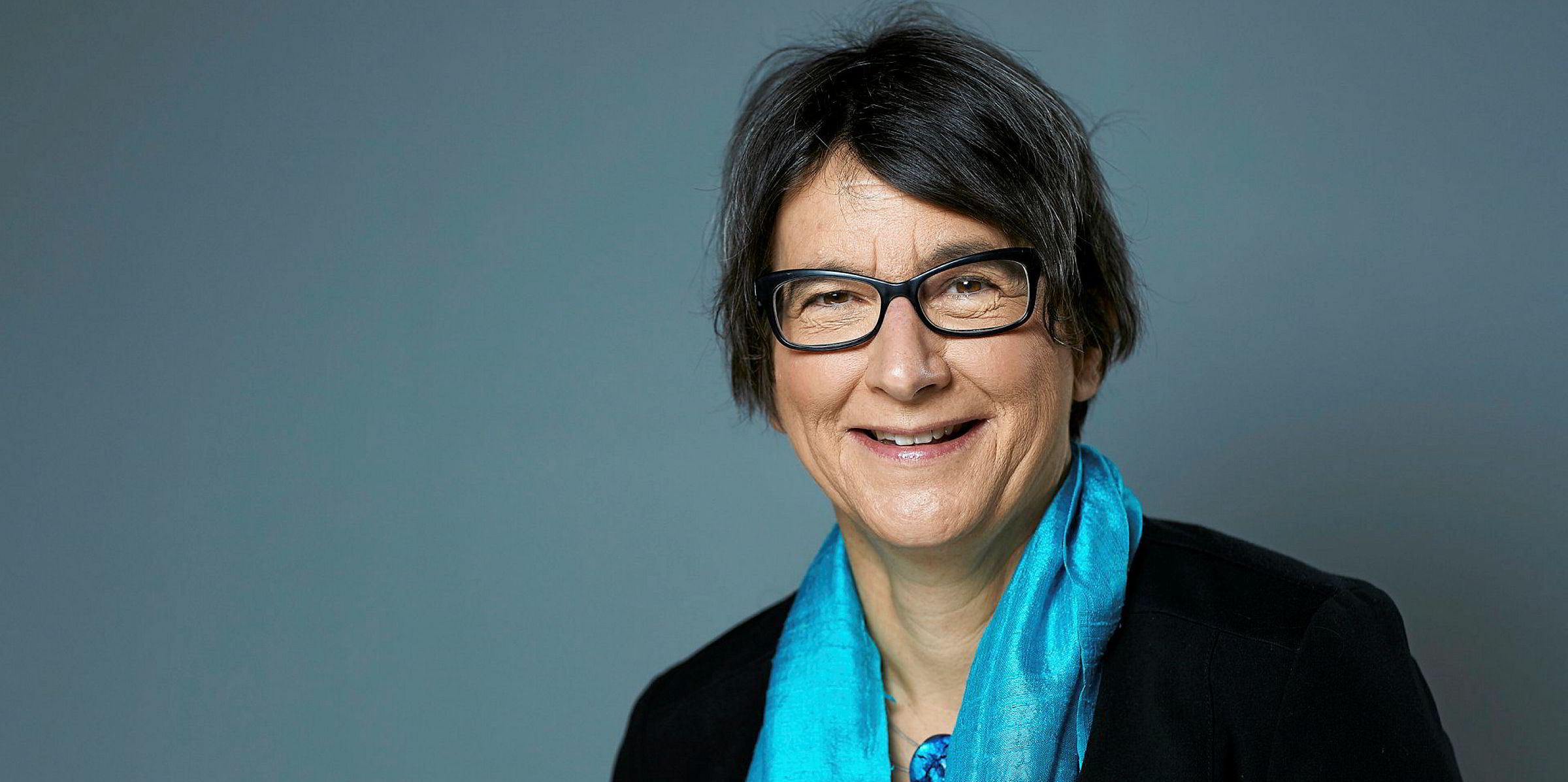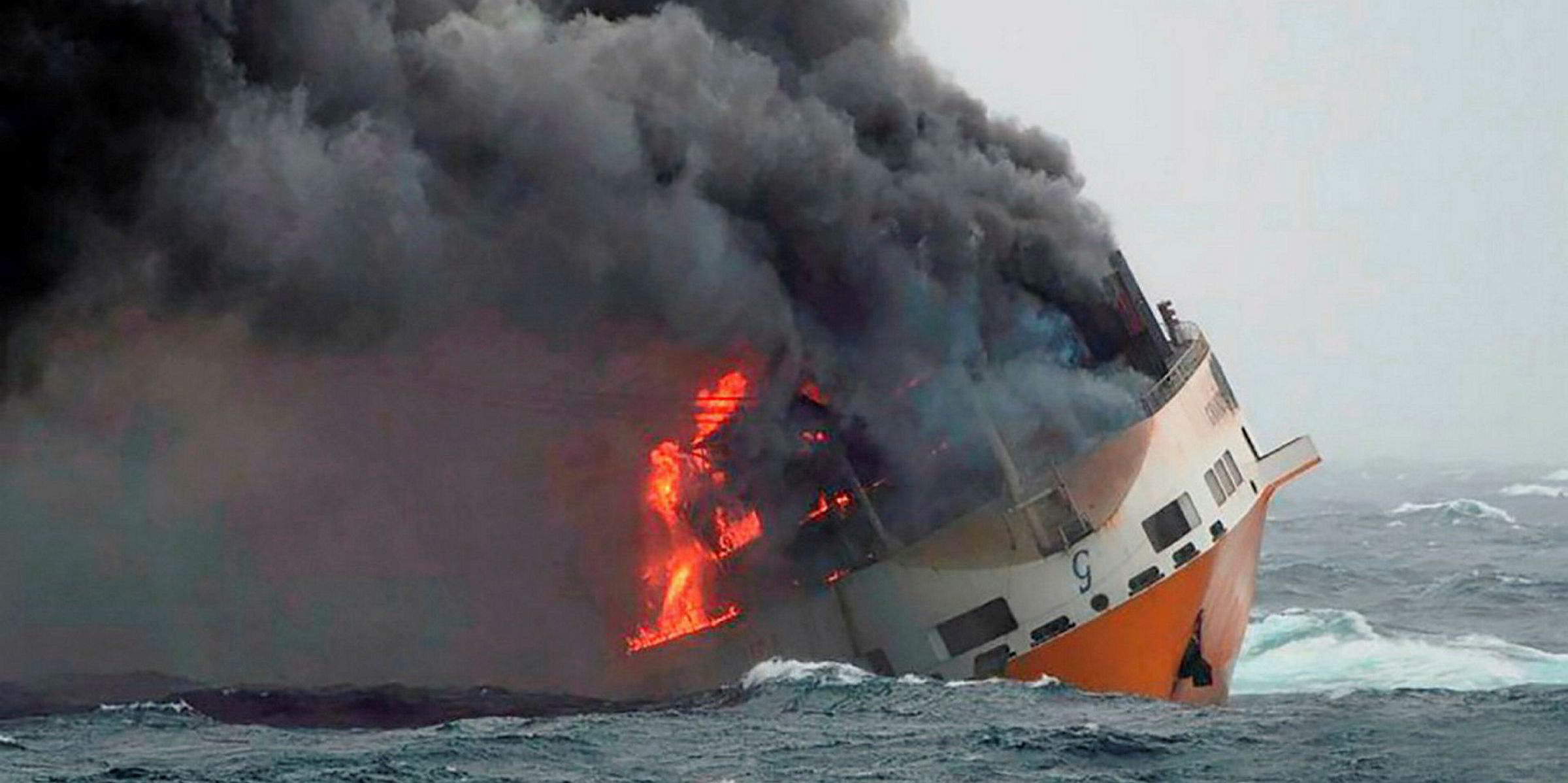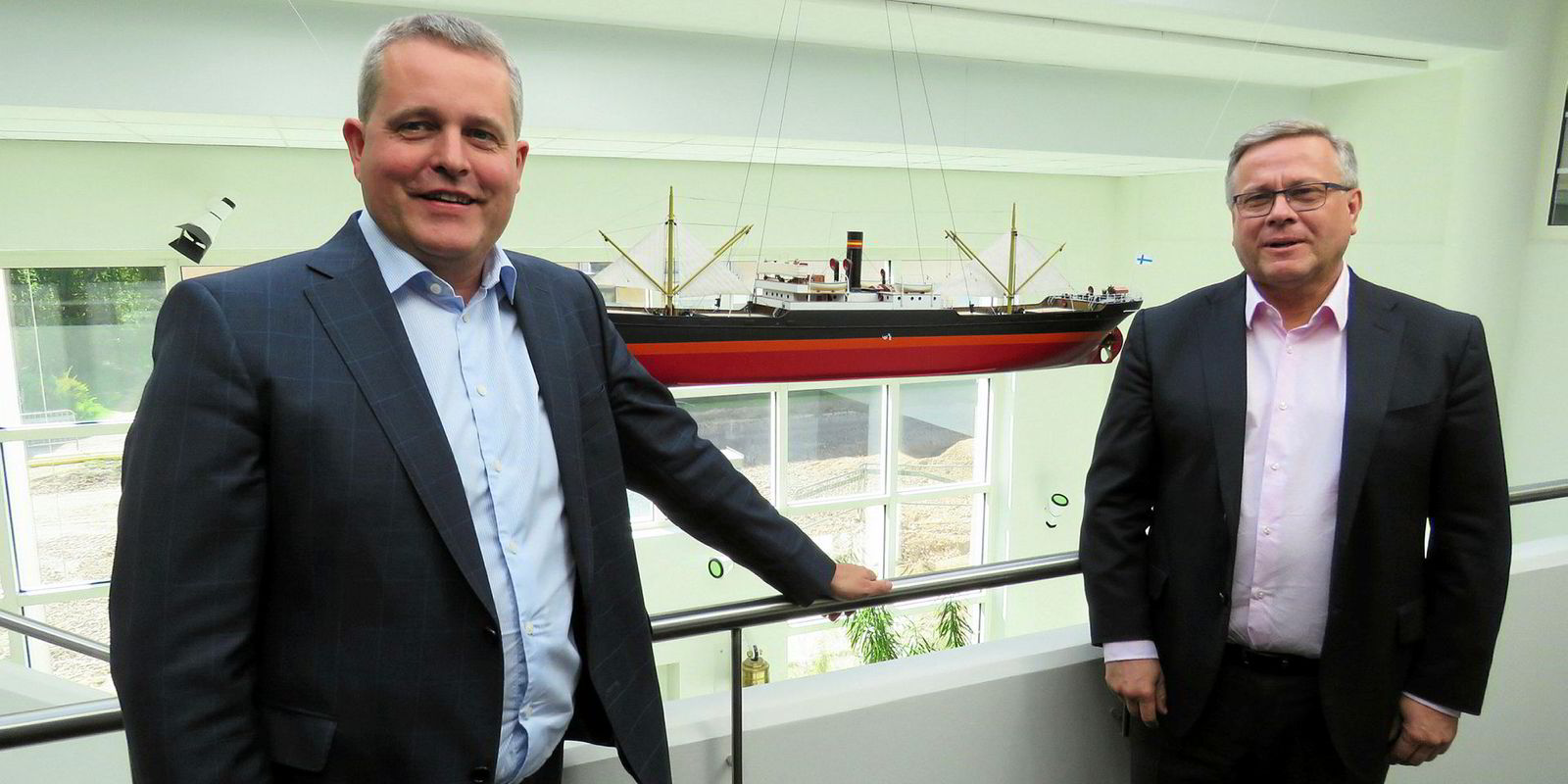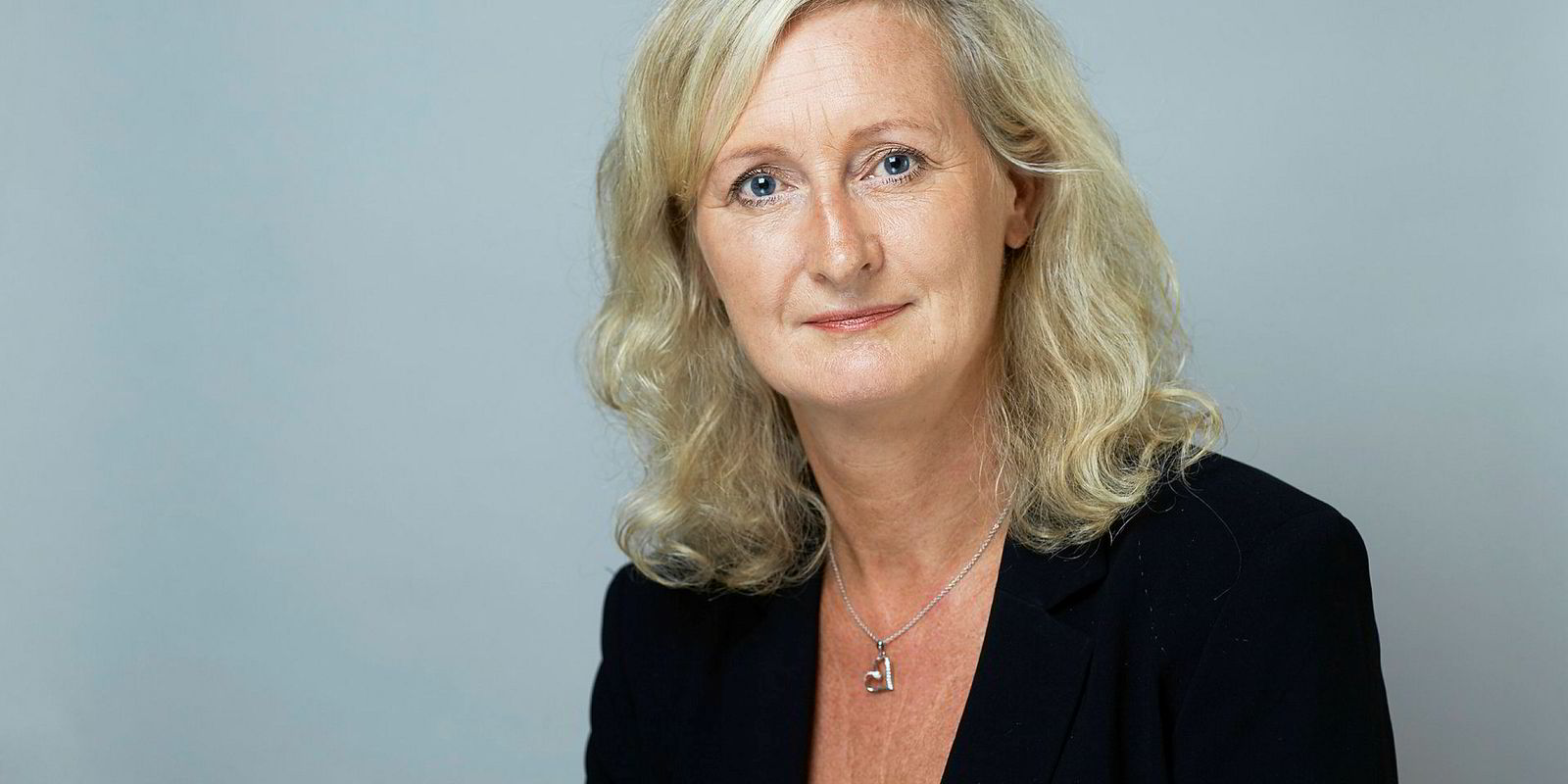The Nordic style of hull and machinery insurance is becoming increasingly popular among shipowners, who are showing an increasing preference for the higher service levels of dedicated marine providers that mostly operate on a mutual basis.
The region’s main providers — including Skuld, the Swedish Club, Norwegian Hull Club (NHC), Gard and Alandia — have all shown growth over recent years.
According to figures from Cefor, which represents insurance providers in the Nordic countries of Sweden, Norway, Denmark and Finland, the region’s marine insurance providers have all seen a strong increase in premiums since 2016, from $612m to $701m in 2018.
Over the same period, the number of vessels wholly or partly covered by the Nordic market has risen from 15,441 to 17,707, indicating that the rise in premium has come from a larger number of vessels covered rather than higher rates.
The Nordic insurers are also seeing premium levels rise despite a continued drop in ship values in recent years.
Another interesting feature of the Nordic market is that much of the new tonnage is for the youngest and largest vessels in the world’s fleet.
Nordic insurers covered, or had a share of coverage, in around 50% of all vessels over 10,000 gt. Its market share is also the largest in the high-value clean energy sector. Nordic insurers have a share in 65% of the world’s LNG and LPG fleet, and just over half of the chemical and product tanker fleet.
Two big factors have seen the Nordic insurers experience growth. Norwegian P&I mutual Skuld entered the hull market through a Lloyd’s syndicate and has recently transferred the business into its subsidiary, Skuld Marine Agency.
Alandia has also restructured to become a dedicated provider of marine insurance.
However, Gard and NHC are by far the largest of the Nordic marine insurance providers, representing around 38% and 25% of the market, respectively.
One thing the major Nordic outfits have in common is that they are all dedicated marine insurance providers, which do not venture into other sectors of the market. They are also all, with the exception of Alandia, working on a mutual basis.
The mutual structure brings with it strong inhouse expertise as a result of the close relationship formed with shipowner members.
With most of the hull cover providers also working in the protection and indemnity markets, there is a strong emphasis on service and loss prevention.
Hull cover providers can also ease claims costs, and speed up settlement times, by representing the same owner both on a hull and P&I basis.
It is this expertise that has helped the Nordic insurers grow in a difficult market in preference to the more commoditised way insurance is provided in the London and Asian markets.
“With most of the Cefor members being specialised insurers, with marine insurance as their core business, and the Cefor market being strongly connected with the whole maritime industry, our belief is of course that Cefor members are well suited to have a high degree of knowledge regarding the risks covered in marine insurance,” Cefor analyst Astrid Seltmann said.
“They also have a conscious approach to portfolio composition to be as fit as possible to manage and survive in a difficult market.”






